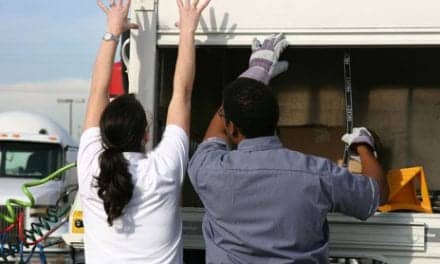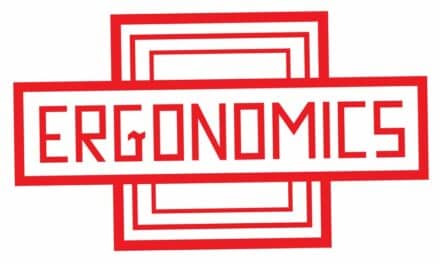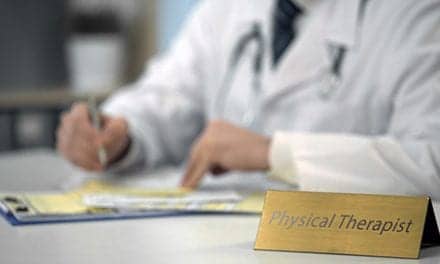A set of general guidelines for safely returning America to work, published in the Journal of Occupational and Environmental Medicine, offers guidance for business leaders facing critical decisions on how to safely reopen and resume operations while the COVID-19 pandemic continues.
“Guidance regarding return-to-work decision-making from a worker-safety and medical perspective incorporating the principles of risk, capacity, and tolerance is critical,” according to the guidance document, which was prepared by ACOEM Return to Work (RTW) Work Group under the auspices of the Council on OEM Practice, according to a media release from Wolters Kluwer Health.
Guidance Topics
Topic areas include:
The Context of Returning to Business. Whether they have continued to operate or are transitioning to re-opening, employers must create and communicate clear policies. Occupational and environmental medicine (OEM) physicians can provide “clear routes” to meeting challenges such as COVID 19 screenings, exposure assessments, and RTW clearances. With experience in organizational behavior, OEM specialists can also lend insights into behavioral issues and interpersonal conflicts that may occur during reopening.
Clinical Manifestations of COVID-19. The guidance addresses the now-familiar clinical findings and potential complications of COVID 19, as well as the course of recovery and rehabilitation. OEM physicians can provide advice on the care of workers recovering from illness, including possible work accommodations, as well as the mental health impact of COVID-19.
Developing a Successful RTW Policy. Employers will need to make plans to protect returning employees, including policies for dealing with infected and exposed workers, asymptomatic employees, and screening/surveillance policies. The occupational risk pyramid developed by the Occupational Safety and Health Administration (OSHA) provides a basis for assessing exposure risks associated with various job tasks.
Pre-/Re-Opening Actions. The ACOEM guidance outlines the hierarchy of controls for re-opening, emphasizing physical distancing, environmental adaptation, and education strategies. It outlines practical considerations in RTW strategy, including steps to reduce the risk of viral transmission, maintain employee mental health, and protect vulnerable populations. OEM professionals will play key roles in COVID 19 testing and interpretation.
After Opening. Good communication is essential throughout the re-opening process, with an emphasis on safety and monitoring practices. Re-opening plans will be influenced by the course of the pandemic, governmental decisions, and company leadership. Experience from other countries that are further along in reopening may provide important lessons on how to proceed.
RTW After Infection. COVID-19 testing and evaluation will have important implications for RTW after infection. OEM physicians can provide information and support for dealing with issues involving infected or exposed employees. Work-relatedness will take on special importance in workers’ compensation cases involving COVID 19.
Industry-Specific Guidance. Different industries face unique challenges in re-opening, and OEM physicians will play an important role in interpreting and applying guidance in various settings. Part II of the ACOEM Guidance Document, to be published later this year, will provide more in-depth information on industry-specific concerns.
[Source(s): Wolters Kluwer Health, EurekAlert]
Related Content:
Experts Issue Guidelines on Resuming Elective Surgery Amid COVID-19 Pandemic
What Employers Need to Know About Returning to the Workplace, Per OSHA
Call to Action: Return to Safe Exercise During Pandemic





